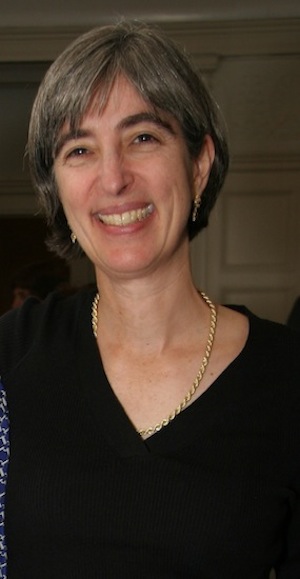Q&A with Alexandra Bowie, new president of Brooklyn Heights Association
BHA to focus on LICH, Library, and Brooklyn Bridge Park

Founded in 1910, the BHA has a distinguished history, particularly as a watchdog protecting the quality of life in New York’s first Landmark Community. In recent decades, that role has expanded to districts and projects adjacent to the Heights, as their effect on the Heights is often critical but perhaps not recognized by the community at large.
INBrooklyn: How would you describe the mission of the BHA today?
Alexandra Bowie: Our formal mission statement says that we engage the Brooklyn Heights community in maintaining and improving the quality of life in our neighborhood. We strive to preserve the physical fabric of the neighborhood, and to inform and help residents and businesses with, and advocate about, matters affecting the community.

Brooklyn Heights
View MoreRead the Brooklyn Height's Press and Cobble Hill News. Find out more about Brooklyn Height's History here.